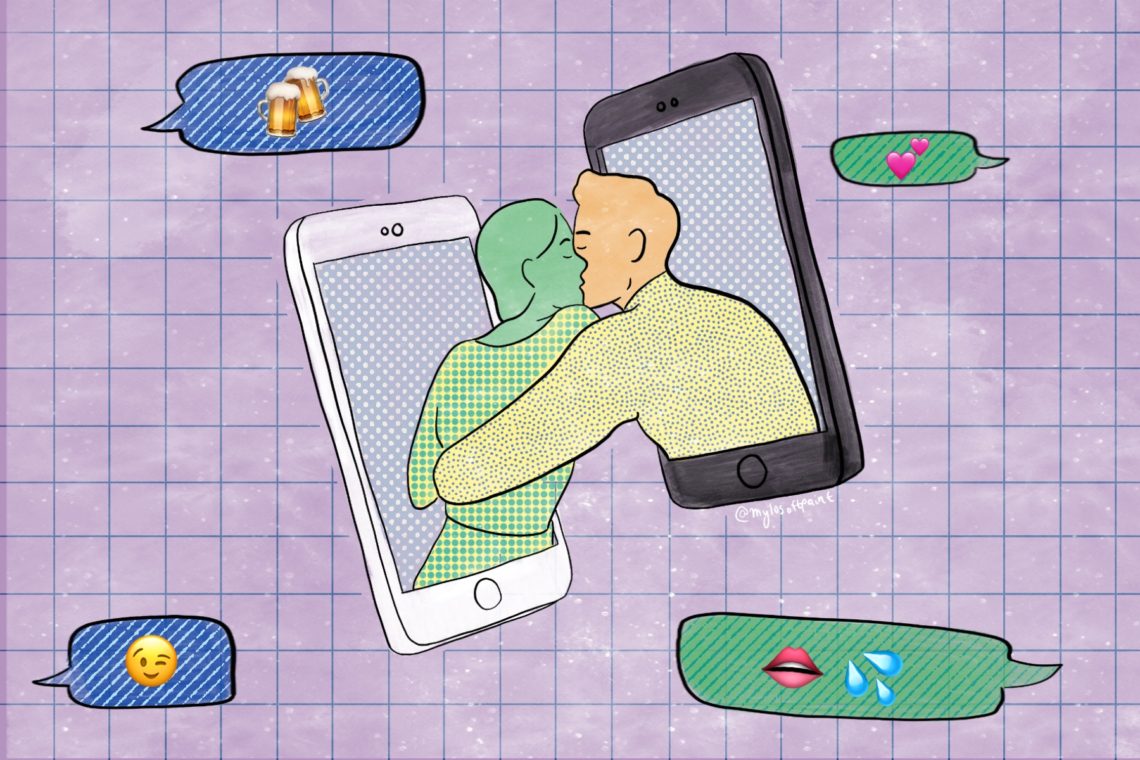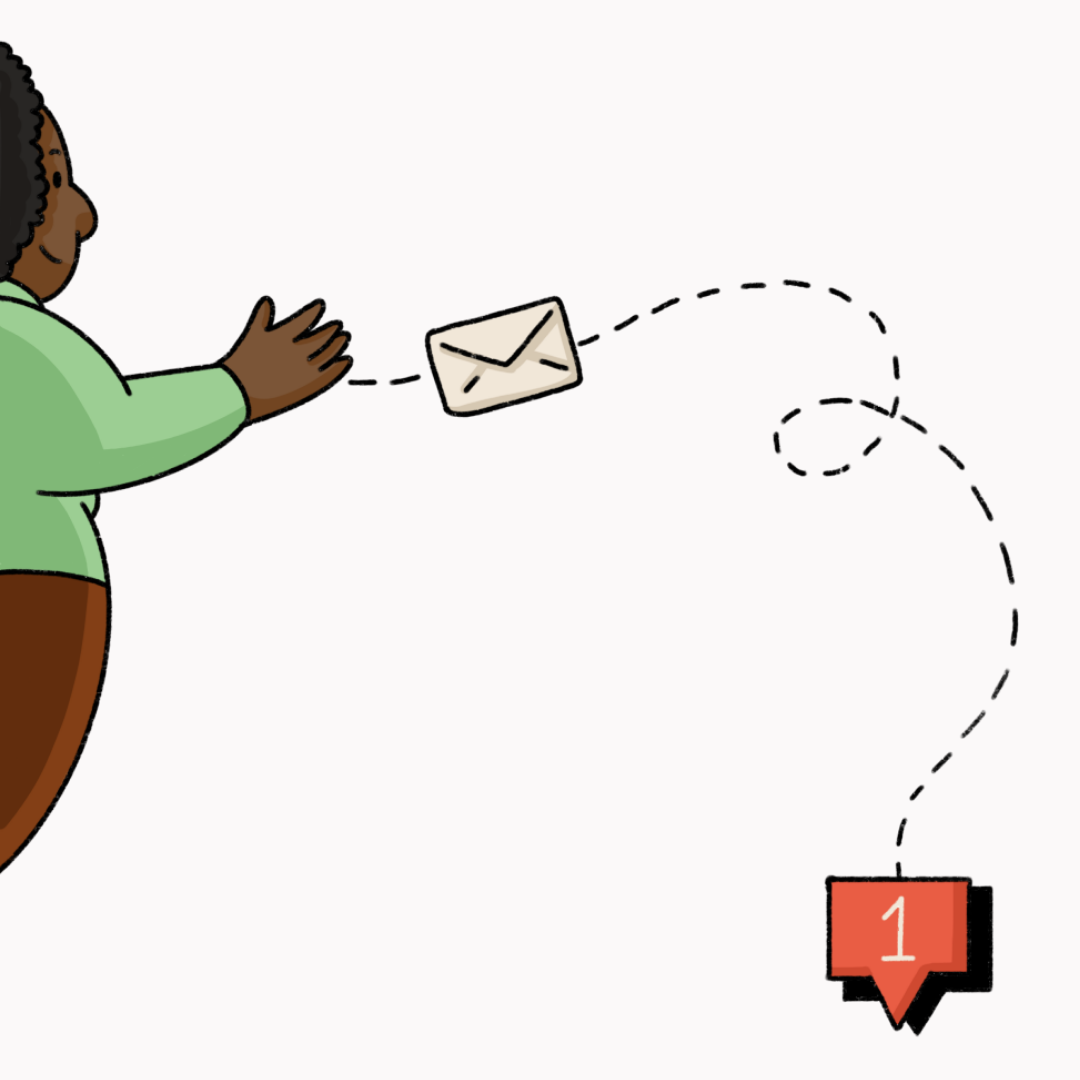Written by: Dr. Jared Walters PhD, Dr. Christopher Dietzel PhD, Brittany Matchett MA, Dr. Matthew Numer PhD.
Edited by: Janani Ramamurthy (she/her).
“Yes means yes!” “No means no!” “Consent is as simple as tea!” These are some of the ways that universities have explained and publicized sexual consent to convince members of their communities, especially undergraduate students, that consent is a straightforward concept. While consent remains an important concept, these catchphrases fail to reflect the realities of consent and sex that many undergraduate students experience. Consent is messier and more complex than these phrases suggest – especially when interacting with people through hookup apps or when using substances like alcohol or other drugs during sex – and students need to be prepared to engage in these complexities to keep themselves and their sexual partners safe.
The Sexual Health and Gender (SHaG) Lab, led by Dr. Matthew Numer at Dalhousie University, is a research lab dedicated to the study of sexual health across several domains. Drawing from our research at the SHaG Lab, this article will: 1) discuss consent and explain how consent is more complex and nuanced than we may initially believe, and 2) suggest future avenues of exploration for the definition of consent and practice of safe sex.
Consent Contradictions
Undergraduate students’ beliefs and practices of consent can be contradictory. In one survey of students’ beliefs about consent, most students said that a verbal agreement is necessary to communicate and enact consent. In practice, however, students have reported that they primarily rely on non-verbal and physical cues when interpreting and giving consent with a sexual partner. Additionally, many students in this study felt that verbal cues and non-verbal cues were equivalent and either one can demonstrate consent. Evidently, how students think about consent and how students practice consent do not always align.
Consent When Using Substances and Hookup Apps
Another common perception about consent is that sexual partners need to be free from the influence of drugs, alcohol, or other substances that could impair their decision-making abilities. But what if substance use is an integral part of your sexual experience? How do substances impact how people think about and practice consent? And what about when people use hookup apps to arrange an in-person sexual encounter? What does consent look like online, and how do online interactions influence sex in person?
We at the SHaG Lab asked these questions and explored how substances and hookup apps impact the consent practices among gay, bisexual, trans, Two-Spirit, and queer (GBT2SQ) people. While our study focused on GBT2SQ people, the complexities that technology and substance use add to consent practices can affect anyone. We found that GBT2SQ people apply consent to their sexual interactions as well as their use of substances, which can, in turn, impact consent practices. We also found that hookup apps can make it both easier and harder to negotiate sex and substance use. For example, some people may feel more comfortable talking about their sexual interests and their use of substances online because the conversation is not face-to-face. In this sense, apps can facilitate negotiations of consent and substance use. Others, however, may think that discussing or consenting to something online guarantees that it will happen in person. This expectation presents challenges when people change their minds or say no when meeting someone for in-person sexual activity.
There are other ways in which substance use and hookup apps can complicate consent and sexual interactions. It is easy to connect with someone online – but it is also easy to disconnect. GBT2SQ people can abandon conversations or not follow through on arranged meetups. Likewise, substance use can affect a person’s capacity and/or desire to (re)negotiate consent and previously agreed-upon sexual activities once they meet in person. This means that some people may feel pressured to engage in sexual activities and/or substance use that they might not consent to otherwise.
We also found that shame and stigma related to GBT2SQ identities can contribute to substance abuse as some GBT2SQ people rely on substances to counter feelings of homophobia, transphobia, and social isolation. Similarly, some GBT2SQ people may intentionally use substances during sex to avoid discussions about consent and safety.
What’s Next with Consent?
Our findings demonstrate that consent is more complex and nuanced than it may appear. And now with the challenges of connecting and hooking up during the COVID-19 pandemic, there are new consent-related complexities to explore. We at the SHaG Lab are building on our previous work to examine how online spaces, substance use, and the pandemic are reshaping people’s consent practices.
As medical practitioners, it is important to recognize the complexities of consent and the reality of people’s sexual interactions. It is also important to consider how substance use and online interactions can change how people think about and practice consent. Legal definitions of consent that focus on verbal confirmation and sobriety simply do not account for the fact that many people are purposefully going to use drugs and alcohol when engaging in sexual activity. Moreover, certain populations, such as LGBT2SQ people, may experience additional pressures and stigmas associated with consent. Thus, when talking about and teaching people about consent, we need to embrace the messiness of consent and sex, rather than ignore it. As medical practitioners, finding ways to ensure safety and reduce harm needs to be the focus of consent discussions with patients. This means that our understanding of consent must evolve and consider the complexities of human interactions in the modern age. And that is certainly not as simple as tea!



